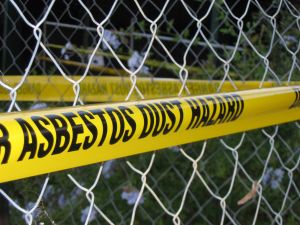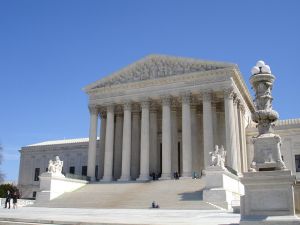Following Ohio’s passage of an asbestos claim “transparency” bill, requiring those claiming illness due to asbestos to disclose all current and previous defendants, Mississippi is now jumping on the bandwagon. 
Our Boston mesothelioma lawyers are troubled by this trend, as it is being pushed by asbestos defendants in an effort to limit individual liability. The fact that these bills are being characterized as a way to increase “transparency” is unfortunate and misleading. In reality, the ultimate aim here is to disenfranchise mesothelioma sufferers and force them to jump through more hoops in order to obtain the compensation they are rightfully owed.
Further, this is not something only Ohio and Mississippi claimants should be concerned with. In addition to the fact that other state legislatures may be considering similar measures, a federal law was proposed last year. HR 4369 (112th), the Furthering Asbestos Claim Transparency Act of 2012, would have amended Title 11 of the U.S. Code by requiring public disclosure of asbestos trusts, established by section 524(g), to file quarterly reports with detailed information regarding all asbestos injury claims, to federal authorities. Again, the purpose is to limit a plaintiff’s ability to collect damages from multiple sources. However, we are well aware, many of our clients were indeed exposed to asbestos by multiple sources, and as such, have a right to claim damages from each. HR 4369 died in committee.
The Mississippi bill, HB 529, would mandate that anyone filing an asbestos-related claim provide a sworn statement detailing all existing claims made either by them or on behalf of them. Those statements would have to include any and all material pertaining to those claims and would have to be disclosed within a month of the discovery phase of the case. If subsequent claims are made after that time, the plaintiff would have a month to disclose those as well. If the defendant found there to be any conflicting information (as it no doubt will, given the common defense propensity to throw up any possible roadblock to drag out the process), it would have 75 days in which to request a halt to the proceedings. And that’s not all. If a claimant files a claim with an asbestos trust after a judgment has already been found in another case, the court would actually be allowed to re-open the original case and reduce the damages awarded.
If it is passed, the measure would be applicable to all filings after July 1 and any that are pending but haven’t yet proceeded to trial.
The U.S. Government Accountability Office estimates there are some 8,500 firms that are or have been defendants in asbestos cases. Currently, trusts have amassed about $40 billion in assets to pay out these claims. Mississippi legislators say too many are being unfairly penalized by plaintiffs who file claims against multiple firms.
However, we would posit that asbestos claimants deserve compensation from each of the companies that knowingly and negligently exposed people to this deadly substance. The relevance of other exposures channels is limited.
Continue reading
 Mesothelioma Lawyers Blog
Mesothelioma Lawyers Blog










